Philip Bogden
Improving Emergency Response during Hurricane Season using Computer Vision
Sep 08, 2020

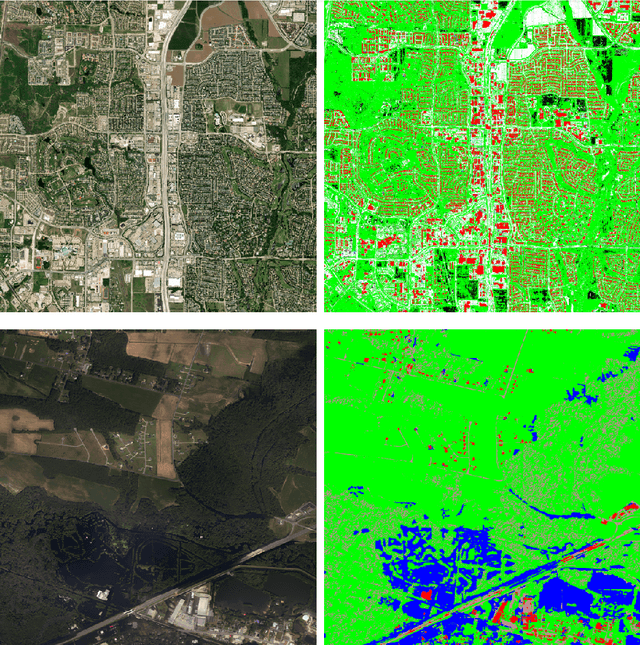
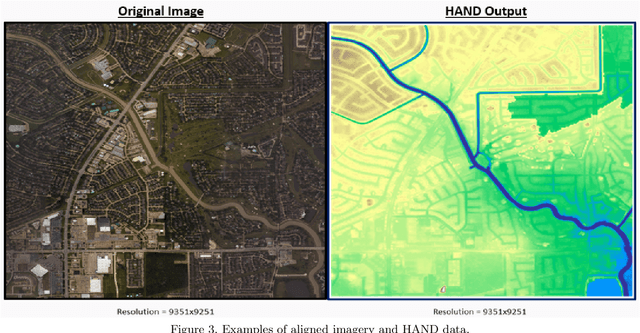
Abstract:We have developed a framework for crisis response and management that incorporates the latest technologies in computer vision (CV), inland flood prediction, damage assessment and data visualization. The framework uses data collected before, during, and after the crisis to enable rapid and informed decision making during all phases of disaster response. Our computer-vision model analyzes spaceborne and airborne imagery to detect relevant features during and after a natural disaster and creates metadata that is transformed into actionable information through web-accessible mapping tools. In particular, we have designed an ensemble of models to identify features including water, roads, buildings, and vegetation from the imagery. We have investigated techniques to bootstrap and reduce dependency on large data annotation efforts by adding use of open source labels including OpenStreetMaps and adding complementary data sources including Height Above Nearest Drainage (HAND) as a side channel to the network's input to encourage it to learn other features orthogonal to visual characteristics. Modeling efforts include modification of connected U-Nets for (1) semantic segmentation, (2) flood line detection, and (3) for damage assessment. In particular for the case of damage assessment, we added a second encoder to U-Net so that it could learn pre-event and post-event image features simultaneously. Through this method, the network is able to learn the difference between the pre- and post-disaster images, and therefore more effectively classify the level of damage. We have validated our approaches using publicly available data from the National Oceanic and Atmospheric Administration (NOAA)'s Remote Sensing Division, which displays the city and street-level details as mosaic tile images as well as data released as part of the Xview2 challenge.
Improving Community Resiliency and Emergency Response With Artificial Intelligence
May 28, 2020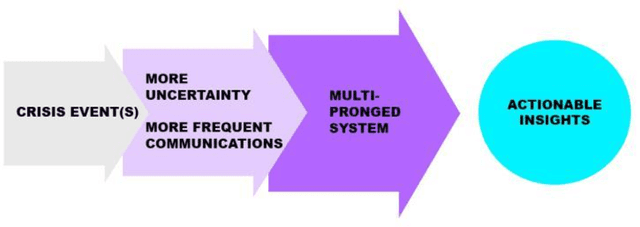
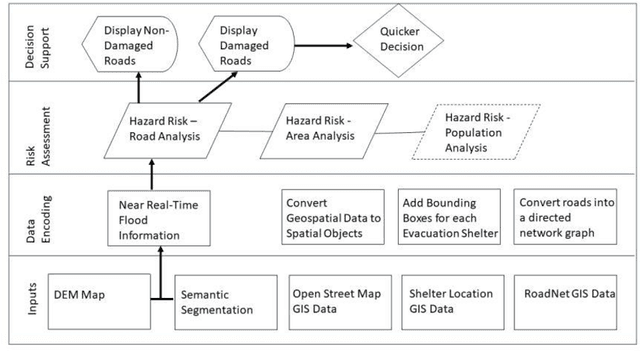
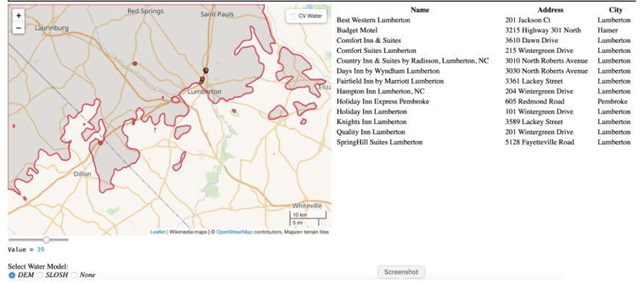
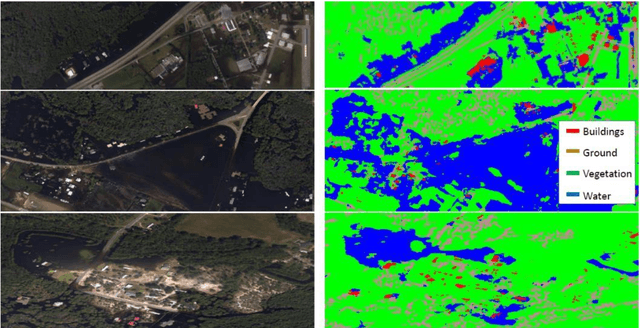
Abstract:New crisis response and management approaches that incorporate the latest information technologies are essential in all phases of emergency preparedness and response, including the planning, response, recovery, and assessment phases. Accurate and timely information is as crucial as is rapid and coherent coordination among the responding organizations. We are working towards a multipronged emergency response tool that provide stakeholders timely access to comprehensive, relevant, and reliable information. The faster emergency personnel are able to analyze, disseminate and act on key information, the more effective and timelier their response will be and the greater the benefit to affected populations. Our tool consists of encoding multiple layers of open source geospatial data including flood risk location, road network strength, inundation maps that proxy inland flooding and computer vision semantic segmentation for estimating flooded areas and damaged infrastructure. These data layers are combined and used as input data for machine learning algorithms such as finding the best evacuation routes before, during and after an emergency or providing a list of available lodging for first responders in an impacted area for first. Even though our system could be used in a number of use cases where people are forced from one location to another, we demonstrate the feasibility of our system for the use case of Hurricane Florence in Lumberton, North Carolina.
 Add to Chrome
Add to Chrome Add to Firefox
Add to Firefox Add to Edge
Add to Edge